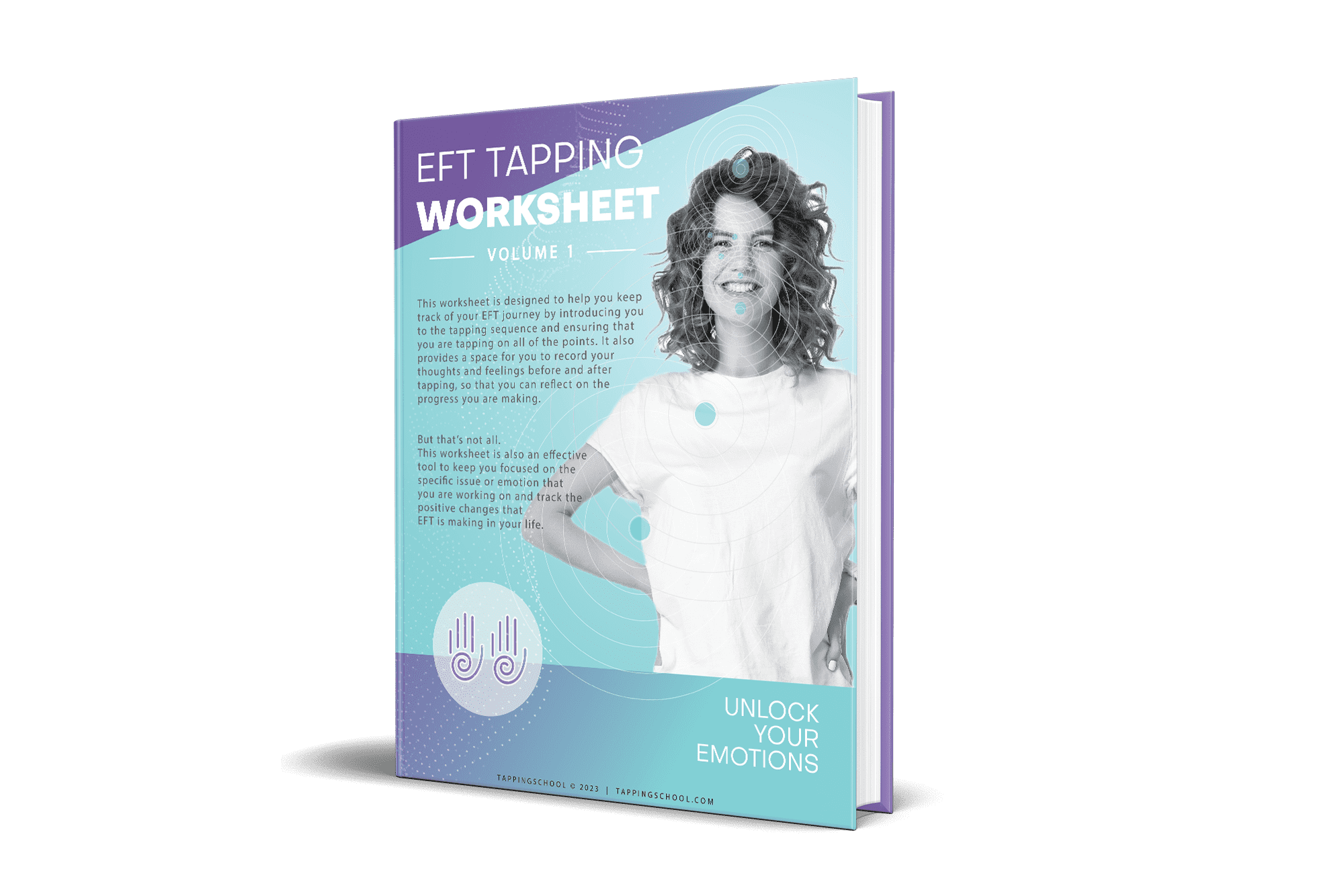Confidence impacts our entire lives, from the way we function at work to our mood, interpersonal relationships, and self-care. When you feel confident, you are more apt to get what you want out of life. Still, many of us struggle with low self-confidence. The good news is that it’s possible to improve your self-confidence, and EFT tapping can help. So, what should you know about this innovative tool, and does it really work?
EFT tapping for self-confidence really does work, but it is important to do it the right way. Learning to use the emotional freedom technique properly can help you feel confident and move past what holds you back. In this article, we’ll talk about:

“For everyone, well-being is a journey. The secret is committing to that journey and taking those first steps with hope and belief in yourself.” – Deepak Chopra
How EFT Tapping Can Boost Your Self-Confidence
EFT is a tool that can help you change your behavioral and thought patterns. When your behaviors and thought patterns are beneficial (rather than negative), you are more likely to feel confident, motivated, and content.

Over 100 studies demonstrate the efficacy of the emotional freedom technique (EFT) for various mental health concerns, including anxiety, depression, and trauma – all of which can affect self-confidence. The effects of EFT on self-esteem and confidence have also been studied directly. For example, a 2022 study on nurses found that EFT was effective in raising self-esteem substantially.
Since EFT tapping sequences combine cognitive and physical strategies, you may wonder if the act of tapping itself truly makes a difference. The answer is “yes.” Research indicates that tapping increases the effectiveness of EFT and is not attributed to a placebo effect. Tapping utilizes the mind-body connection and is a stronger, more effective tool than cognitive EFT techniques alone.
Research On The Mind-Body Connection
The mind-body connection is well-established among healthcare providers of all kinds. Although ideas surrounding the topic date back further, it’s been widely acknowledged since the 20th century. Here is some of what we know:
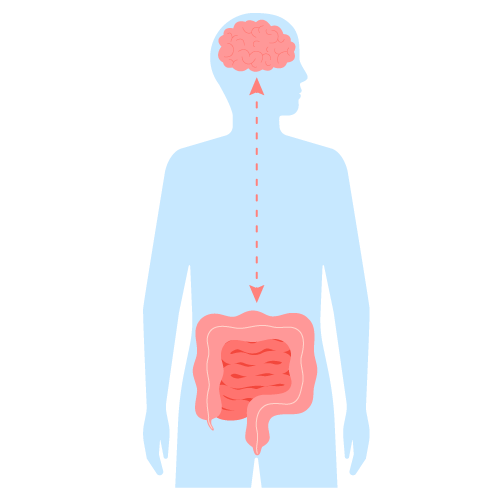
- Many physical health concerns (e.g., body aches, high blood pressure, sleep problems, and cardiovascular disease) can be affected by mental health-related variables. For example, ongoing stress puts individuals at a higher risk of all of these health problems.
- On the topic of confidence, it is shown that lower levels of self-confidence can be associated with some physical health concerns, as well as mental health concerns (e.g., anxiety and depression) with the potential to affect physical well-being.
- When mental health markers improve, physical health can improve as well. For example, a reduction in social isolation, a reduction in feelings of depression, or feelings of low self-esteem are connected to better health outcomes.
- Treatments that focus on the body (including EFT tapping, acupuncture, and chiropractic) have been associated with mental health improvements in research.
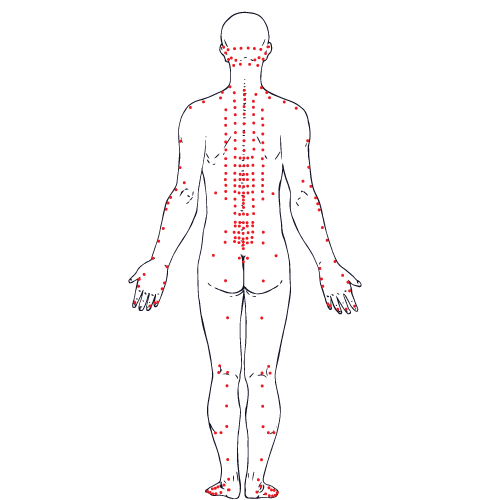
In areas where Eastern medicine is more common, treatment approaches contingent on the mind-body connection are more popular. Since EFT tapping largely stems from acupuncture, utilizing the same meridian points, it is becoming increasingly prevalent as individuals in other areas, like the UK, US, and Canada, start to acknowledge the benefits of Eastern medicine. Research continues to provide proof of the mind-body connection.
Clearing Negative Energy With EFT
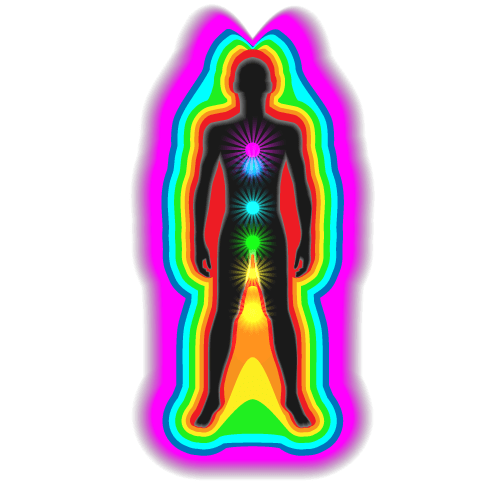
We talked about the mind-body connection. Now, let’s talk about another noteworthy part of tapping and other evidence-based mind-body approaches, which is the idea that negative energy can be released from the body for better mental and physical health. Negativity can impact confidence, sleep, mood, behavior, and more. At the end of the day, negative energy has the potential to affect the entirety of your body, mind, and life overall. Needless to say, it is critical for well-being, happiness, and success to take control and make sure that negative energy doesn’t take over.
EFT is an excellent way to get yourself into a better headspace. Known to relieve anxious feelings, one great way to use EFT is to clear your energy and prepare yourself to work on a bigger problem. If there’s a problem you have no control over, or if the overarching issue feels overwhelming, EFT can help you feel calm and take a step back. This is part of how EFT can become a frequent, valuable tool in your toolbox long-term; when you feel low or overwhelmed, you can turn to it to get the negative energy out and take life’s challenges on. Next, let’s go over an example EFT tapping session for self-confidence so that you know what to do.
Example Of An EFT Tapping Session For Self-Confidence
If you’re new to EFT tapping for self-confidence, you may wonder what to expect. Knowing what to expect can help you feel more prepared and ready to get started, whether that’s on your own or with a professional. With that said, here is an example of what an EFT tapping session for self-confidence will look like in steps:
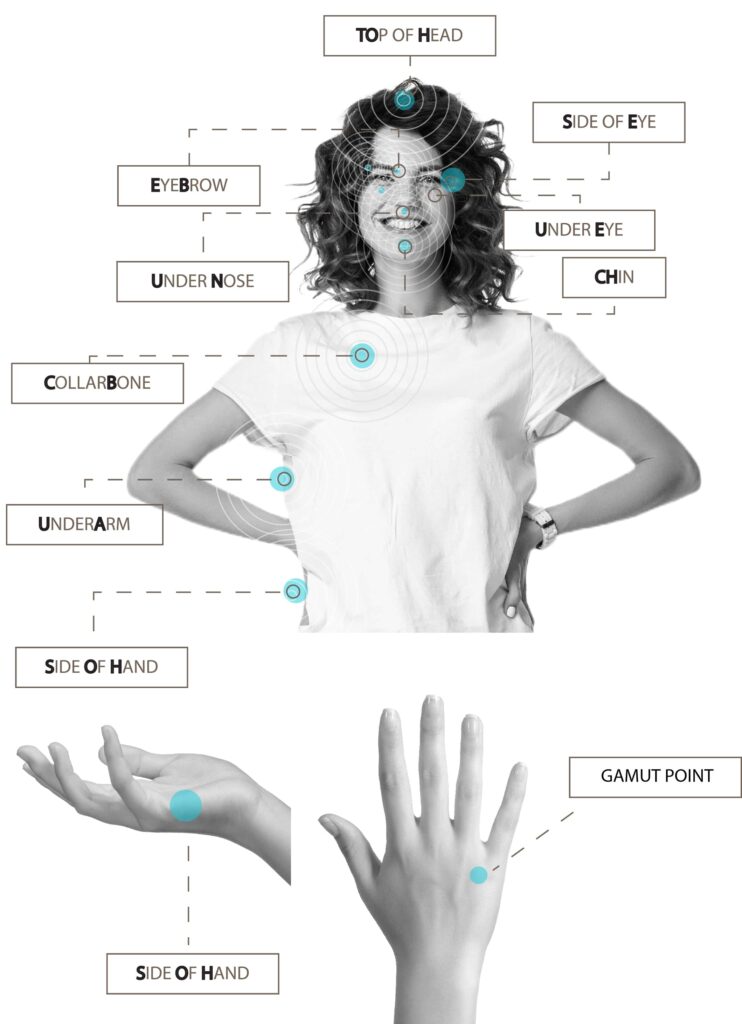
- Identify the problem. For example, perhaps you’re experiencing trouble with self-confidence at work, in your dating life, as it relates to your appearance, or something else.
- Identify the emotion and emotional intensity. Name the emotion you feel (e.g., anxious, sad, rejected, insecure, angry, etc.), and rate it on a scale of 1-10. A feelings wheel can help with identifying emotions if it’s something you struggle with. If relevant, take note of where you feel it in your body. For example, perhaps you feel the tension in your shoulders or butterflies in your stomach.
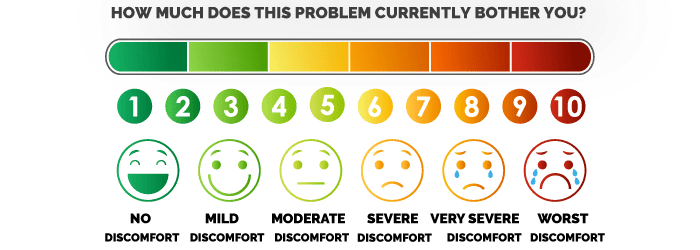
3. Create your set-up statement. Usually, a set-up statement consists of two parts, starting with “even though I feel…” and ending with a positive affirmation. For example, “even though I feel insecure about how I look, I am learning to accept myself” or “even though I feel anxious about telling my boss that I need an extension on this project and have butterflies in my stomach, I deeply and completely accept myself.”
4. Start tapping. First, tap gently on the SOH (side of hand aka karate chop) point with two fingers while saying your set-up statement out loud. Repeat the statement and action as many times as you want. Then, tap on the remaining points, starting from the face and upper body points (top of head, eyebrow, side of the eye, under-eye, under nose, and chin point) and finishing with the collarbones and under-the-arm points. Read this post to learn more about how to get started with tapping and learn about locating the different meridian points.
5. Rate your level of distress again on a scale of 1-10. Repeat your tapping sequence until it goes down to a more acceptable or manageable level. Some people set a goal, such as getting their distress from a 6 or 7 to a 3. To keep yourself focused on the point of the tapping sequence throughout the process, you may use a phrase that reminds you of the problem you are focused on – in this case, self-confidence.
6. Finish with a positive affirmation. Many people choose to finish their tapping sequence with a positive affirmation, such as “I love myself as I am” or “I have the power to grow and change.”
It can be tough to start tapping on your own. An EFT practitioner can help you learn to formulate set-up statements that work for you, reduce distress, and work through challenges confidently with EFT tapping. They can also answer questions you have, such as whether you’re tapping too hard. That way, you can be assured that you are getting the best results when you use EFT tapping for self-confidence or other challenges on your own.
Ready To Get Started? Sign Up For Your Free Consultation

If you’re ready to get the benefits of tapping for self-confidence, sign up for your free consultation call today. Your consultation call will last around 20-35 minutes and is an opportunity to ask any questions you have about working with an EFT practitioner.
References
Bach, D., Groesbeck, G., Stapleton, P. B., Sims, R., Blickheuser, K., & Church, D. (2019). Clinical EFT (Emotional Freedom Techniques) Improves Multiple Physiological Markers of Health. Journal of Evidence-Based Integrative Medicine, 24, 2515690X1882369. https://doi.org/10.1177/2515690×18823691
Wati, N. L., Sansuwito, T., Rai, R. P., & Nasiatin, T. (2022, January 1). The Effect of EFT (Emotional Freedom Technique) to the Self Esteem among Nurses. ResearchGate. https://www.researchgate.net/publication/358283585_The_Effect_of_EFT_Emotional_Freedom_Technique_to_the_Self_Esteem_among_Nurses
Church, D., Stapleton, P. B., Yang, A., & Gallo, F. (2018). Is Tapping on Acupuncture Points an Active Ingredient in Emotional Freedom Techniques? A Systematic Review and Meta-analysis of Comparative Studies. Journal of Nervous and Mental Disease, 206(10), 783–793. https://doi.org/10.1097/nmd.0000000000000878
Brower, V. (2006c). Mind–body research moves towards the mainstream. EMBO Reports. https://doi.org/10.1038/sj.embor.7400671
